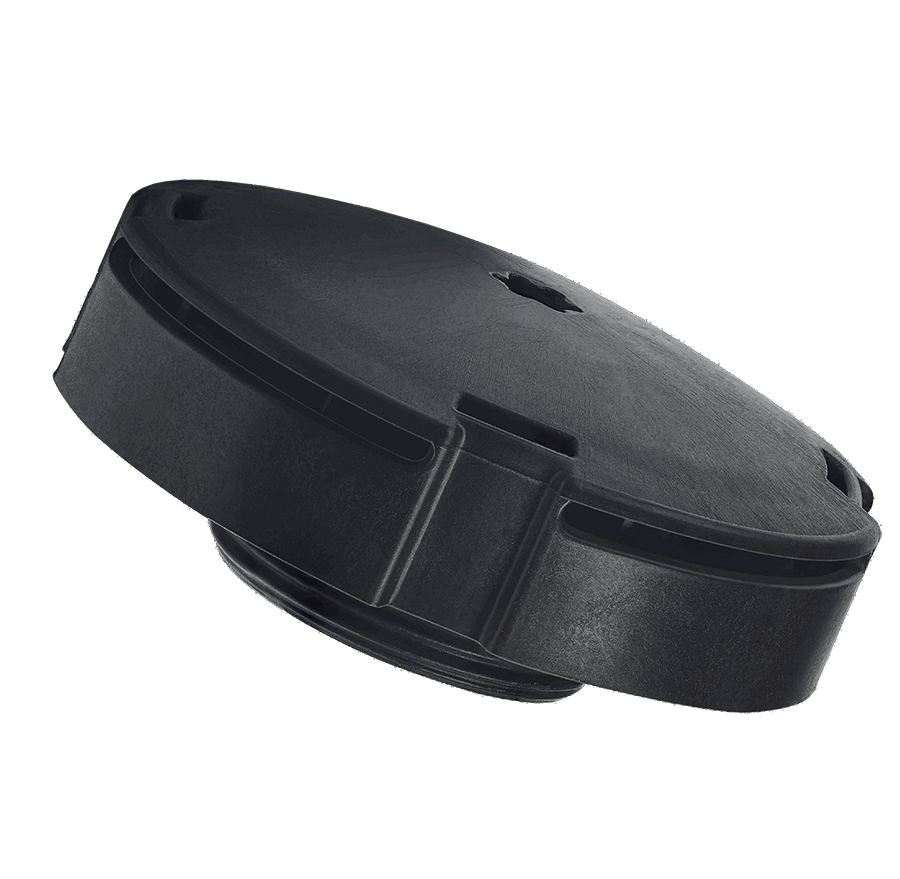Chances are, if you think of W. L. Gore, you’re thinking of GORE-TEX, that staple of jackets and boots for outdoor enthusiasts and pop culture icons.
You might not think of autonomous cars and AI roadways, but that’s a big part of what the Newark-based, global manufacturing company is paying attention to these days. And the material that is helping to develop autonomous vehicles? Expanded polytetrafluoroethylene (ePTFE), the very same material that makes GORE-TEX both waterproof and breathable.
To understand how Gore’s technology works, it helps to go back to the beginning, when Bill and Vieve Gore founded the company in 1958. A lot of times when we talk about tech companies that were founded before the ’70s or ’80s, those companies started out as something not necessarily tech related (like a bank) but evolved with the times.
But in the case of Gore, its very first product was MULTI-TET, a polytetrafluoroethylene ribbon cable used in early computer applications. In 1964, Gore supplied the cables for the IBM System/360 mainframe computer. In ’66, it supplied cable for NASA’s unmanned Surveyor missions to the moon, and in ’69, Gore cables were used in the Apollo 11 moon landing.
It sounds hard to top the moon landing, but the same year, the founders’ son, Bob Gore, made a major discovery while experimenting with polytetrafluoroethylene.

Mark Weier. (Courtesy photo)
“[Bob] was trying to increase the productivity yield of the base material, PTFE, and he heated a cylinder of it up to about 300 degrees Celsius, and it expanded very quickly,” said Mark Weier, head of the Gore Automotive division. “He was frustrated, and out of frustration he just grabbed it and pulled it and instead of breaking into pieces, it changed the principle in the performance parameters of the material into what we call expanded PTFE.”
“I call it the ‘magic material,” Weier said.
What makes ePTFE unique is that, as you can see when you wear a GORE-TEX garment, it repels liquid while allowing air through.
In automotive, ePTFE is currently used for venting — not the kind of vents in your home, but a “membrane” that resembles a small patch that allows air and heat to pass while protecting parts from moisture.
“Think about your electronic components that are exposed to the engine compartment,” Weier said. “Things like engine controllers, body controllers, motors, actuator systems, even headlamps. Have you ever walked through a parking lot and seen a headlamp with water in it or condensation it? That’s a headlamp without venting products in it.”
With the electrified and autonomous vehicles in development, the need for ePTFE venting is increasing.
“Think about all of the sensors that you hear about with autonomous driving,” said Weier. (He’s one for thinking.) “Lidar, radar, ultrasonic sensors and small cameras — most need to be vented. So when we think about the future automotive world, moving into more connected, more electronic, Gore is extremely well-positioned to support those needs.”
And it’s not just autonomous vehicles. You’re next non-autonomous car will likely have many more ePFTE components than your last one.
“A couple of the megatrends that we’ve been working toward is electrification: How do you change not only away from gas and diesel engines to and electric motor drive system, but also all of the components in the vehicle that are mechanically driven? And there a lot of them that you as a casual car driver don’t even realize,” Weier said.
That includes “things like vacuum pumps, which were necessary 10 years ago for power braking. Simply changing that mechanical vacuum pump system to an electric motor driven system, can save as much as 3% of fuel efficiency and fuel usage in a standard vehicle, because there’s so much parasitic loss with a mechanical vacuum pump,” he said. “So when you electrify the many components of a vehicle, you take those losses off of the engine and it can go directly to powering the vehicle.”
How have Gore products played a part?
“As those systems began to electrify, the motors needed to be protected, the sensors needed to be protected,” Weier said.
There’s also the matter of large battery packs, which build high pressure plasma streams that need to be released from the battery in a way that protects both the vehicle and its occupants.
“As we go toward electrification,” he said, “Gore continues to find new uses for our ‘magic material.'”
Before you go...
Please consider supporting Technical.ly to keep our independent journalism strong. Unlike most business-focused media outlets, we don’t have a paywall. Instead, we count on your personal and organizational support.
Join our growing Slack community
Join 5,000 tech professionals and entrepreneurs in our community Slack today!

Expect even more drones over NJ, Delaware and PA this year — thanks to agriculture, the military and hobbyists

Four ways Trump could upend the tech world in his first 100 days

Trump revokes Biden’s AI order, but safety consortium won’t yet dissolve


